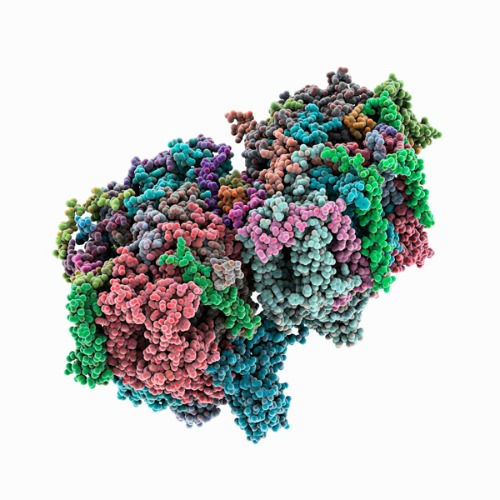Ultrafast x-ray pulses force atoms to give up their electronic secrets
- Mateo Cardinal
- Oct 30, 2023
- 2 min read

A new spectroscopy technique developed by RIKEN researchers could help reveal the inner workings of metal catalysts and the proteins involved in photosynthesis in plants.
The method is based on a standard technique called x-ray fluorescence spectroscopy, which detects the energy levels of electrons in a material by using an x-ray pulse to excite electrons from a lower energy orbital to a higher one. The energy of the x-ray subsequently emitted when another electron falls to take its place then reveals the electron energy levels in the sample.
In metals such as manganese and cobalt, the arrangement of electrons in the highest (most energetic) orbital can influence the material’s chemical reactivity and other physical and electronic properties. These energetic electrons can also interact with electrons in lower orbitals, slightly modifying their energy. Precise determination of the energy gaps between these lower orbitals can thus provide valuable information about the more energetic electrons in higher orbitals.
However, for elements like manganese and cobalt, x-ray fluorescence spectroscopy produces a complex spectrum that makes it difficult to resolve individual electron states.
Now, Kenji Tamasaku of the RIKEN SPring-8 Center and his colleagues have devised a way to reveal hidden features within this spectrum. Called nonlinear resonant inelastic x-ray scattering, their new approach uses the advanced free-electron laser at the RIKEN SPring-8 Center in Harima, Japan, to deliver x-ray pulses as short as 8 quadrillionths of a second (8 femtoseconds) to double-bump electrons into higher orbits before another can fall to takes its place.
In the example of copper atoms tested by the researchers, a first x-ray pulse rips an electron from a mid-level orbital, then a second excites an electron from the lowest orbital to fill that vacancy. Another electron then falls to the lowest orbital, emitting an x-ray.
Shuffling electrons around in this way provides a more accurate measure of the orbital energies of an atom. Specifically, the second excitation is the inverse process of x-ray fluorescence and combining this inverse-fluorescence process with a fluorescence one doubles the information that can be gleaned about the electrons in the higher orbitals. The technique thus reveals more information than conventional fluorescence spectroscopy.
The researchers hope to apply this technique to the oxygen-evolving complex involved in photosynthesis—a complex that contains manganese and uses the energy in sunlight to split water molecules, but which is not fully understood.
“This system has been extensively investigated using conventional fluorescence spectroscopy, but we expect our new nonlinear spectroscopy could reveal more detailed information to understand the mechanism,” says Tamasaku. Reference Two-dimensional Kβ-Kα fluorescence spectrum by nonlinear resonant inelastic X-ray scattering
Kenji Tamasaku, Munetaka Taguchi, Ichiro Inoue, Taito Osaka, Yuichi Inubushi, Makina Yabashi & Tetsuya Ishikawa




























Comments